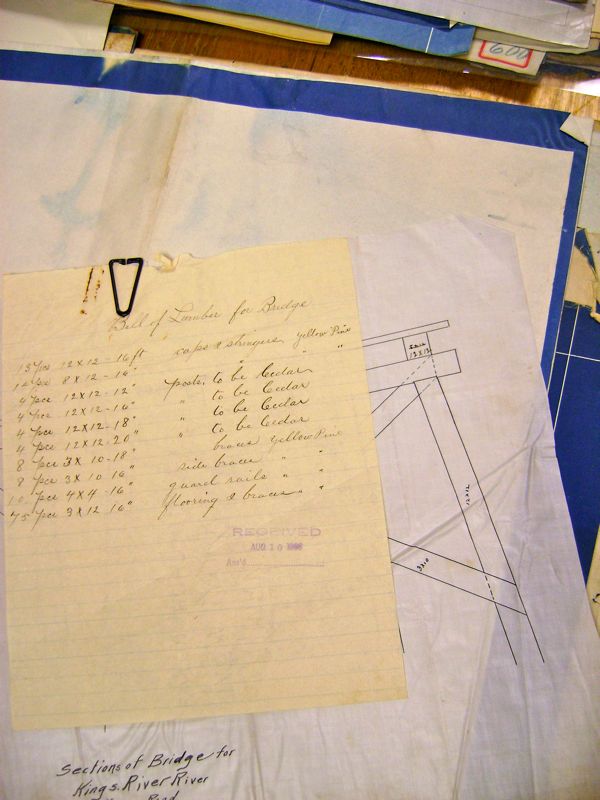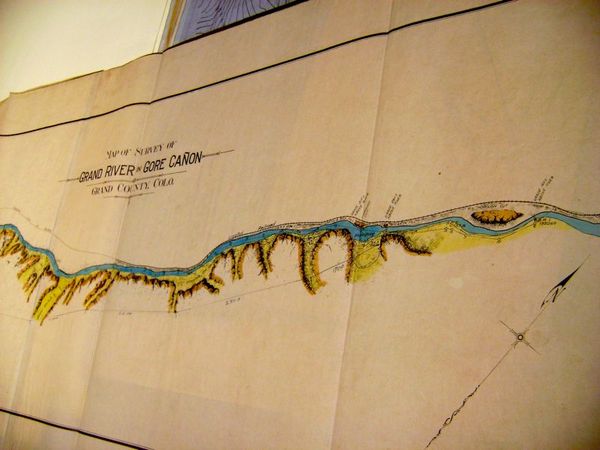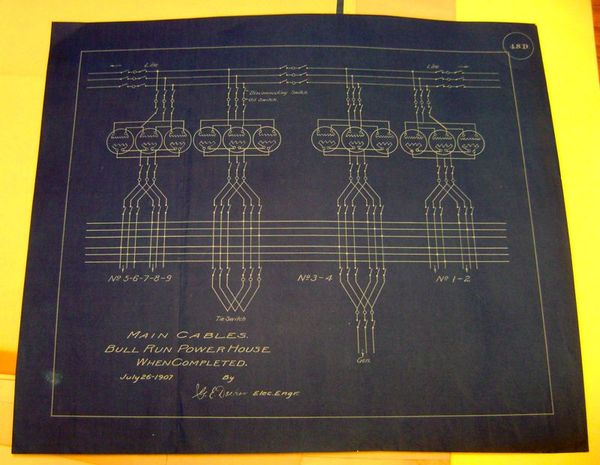Hello! I had a very productive week on the Finkle Papers and the Padua Hills collection, with a few good surprises to make it even sweeter. While the Finkle Papers project only moved ahead on the planning side of things, I was able to begin physically re-housing the Padua Hills material into new folders and removing the many duplicate copies of some of the playbills. The former arrangement had placed items in folders organized by theatrical season, so that even if a folder contained only two fliers from July 1949, the folder – and the fliers – were labeled “1948-49,” which became confusing when the fliers did not have printed years on them. I rearranged the item by the year the production actually took place so each piece will be easier to find. It was very satisfying to make real changes with results I could see!
I also had my first in-depth encounter with Archivists’ Toolkit, and hope I will be able to keep my children and siblings straight when I get into it for real with my big plans.
And now for some nice surprises!
A bookseller at Carpe Diem in Walnut has some copies of Padua Hills News Notes she said she would be willing to exchange for some of the extra Padua Hills materials we will be weeding out, and it sounds like they will be a nice addition to the collection with some missing years represented.
Additionally, there was another file here in Special Collections containing many more items relating to Padua Hills, including clippings, printed brochures, and several more advertisement fliers including one from 1938 – the earliest in the collection – and two larger lobby card-sized items. Lisa Crane helped me come up with an additional series to my completed arrangement that could accommodate the added material, and I was able to complete re-housing the entire contents of the box with the exception of the News Notes, which will wait until we see what comes in from the bookseller.
I was also glad to find in the file a copy of a very good 1995 article by historian Matt Garcia about the Mexican Players, which has proved very enlightening and helpful in writing the biographical/historical context for the finding aid –“‘Just Put on That Padua Hills Smile”: The Mexican Players and the Padua Hills Theatre, 1931-1974″. California History 74 (3): 244-261. I recommend it to anyone interested in the theatre and local history.
Unfortunately, I still have not come across any clues about the identity of the person who created the collection, but I suppose something could still turn up.
Next week I will continue working on the description for the collection to be added to the finding aids for both collections, and will also get back into Archivists’ Toolkit to practice navigating and updating the pages for Finkle. Until then, a happy Fourth of July holiday to all.





